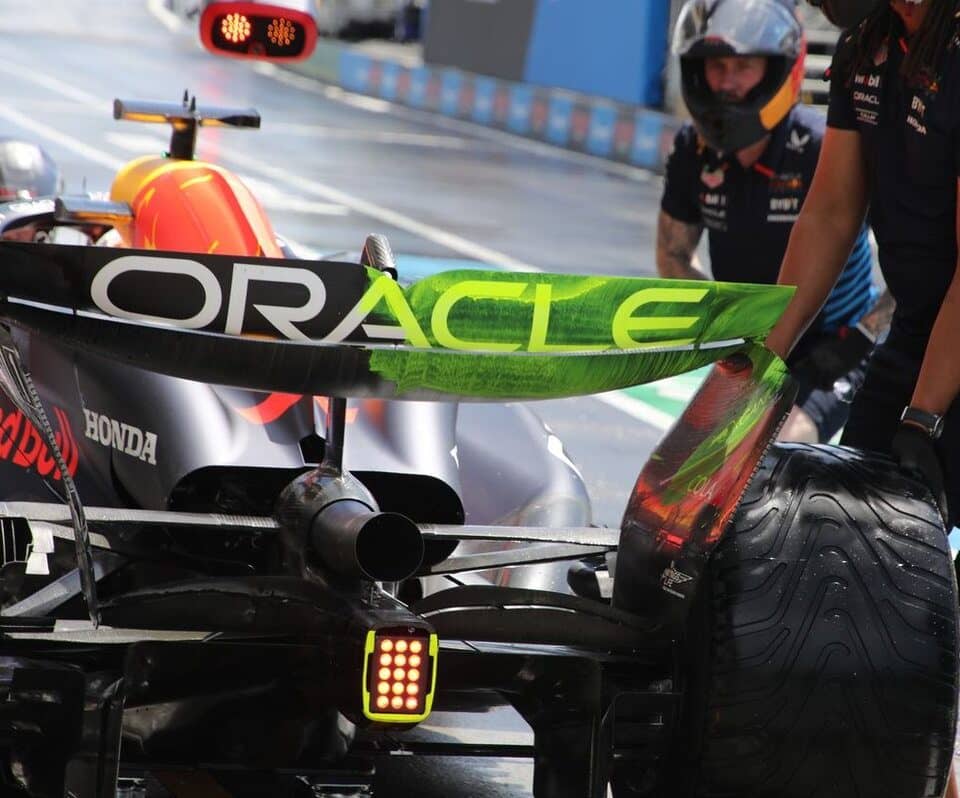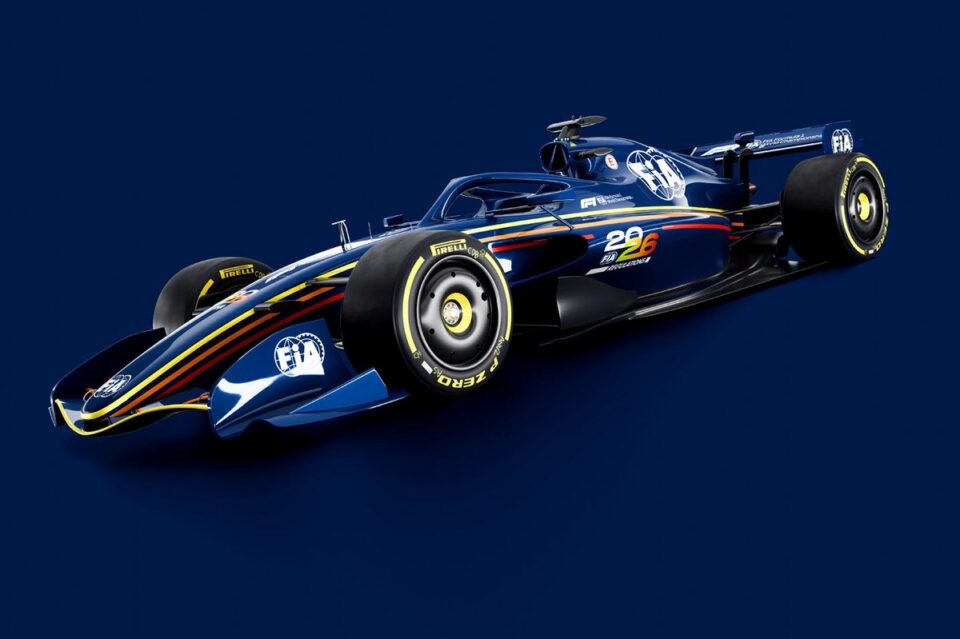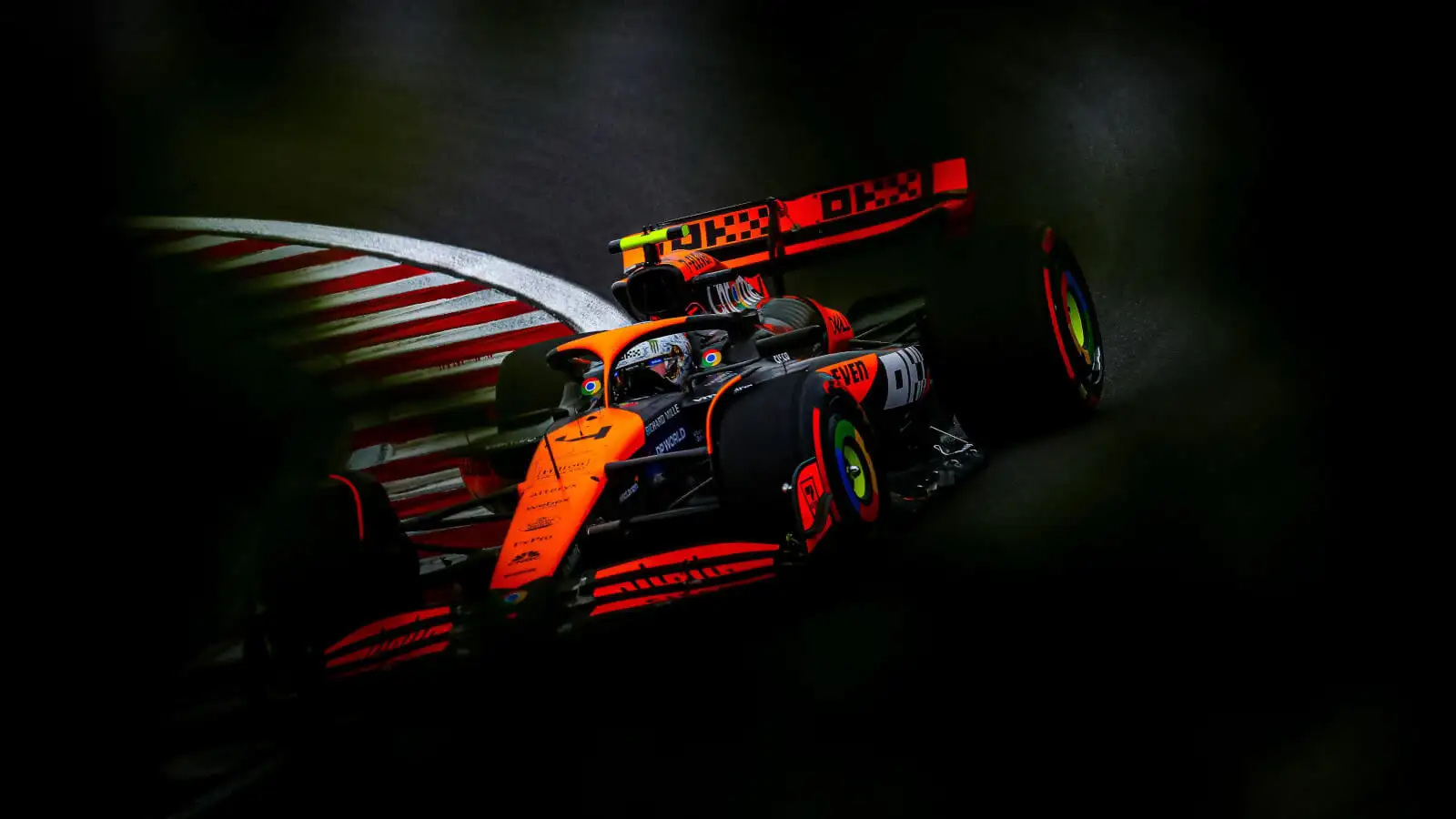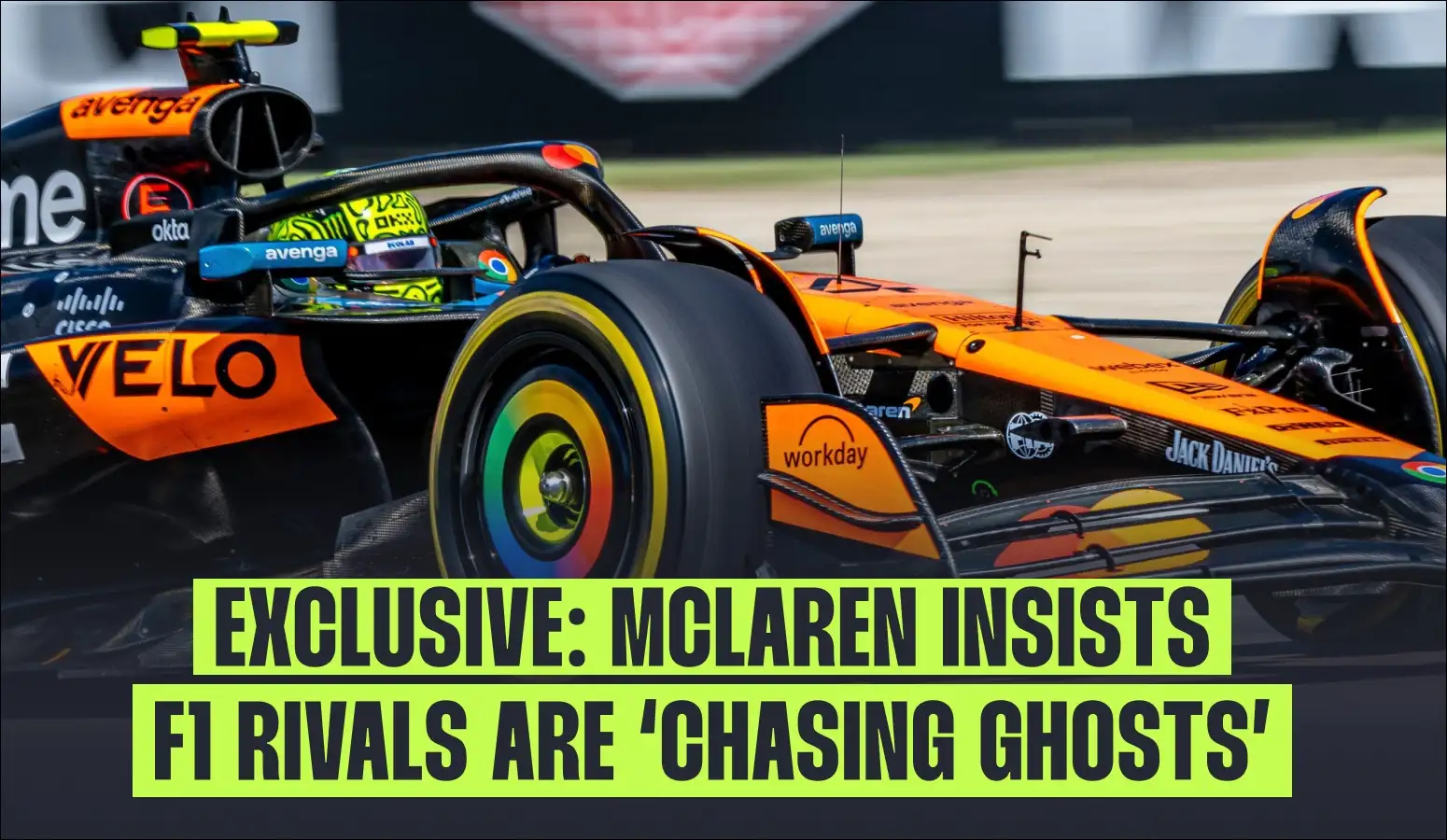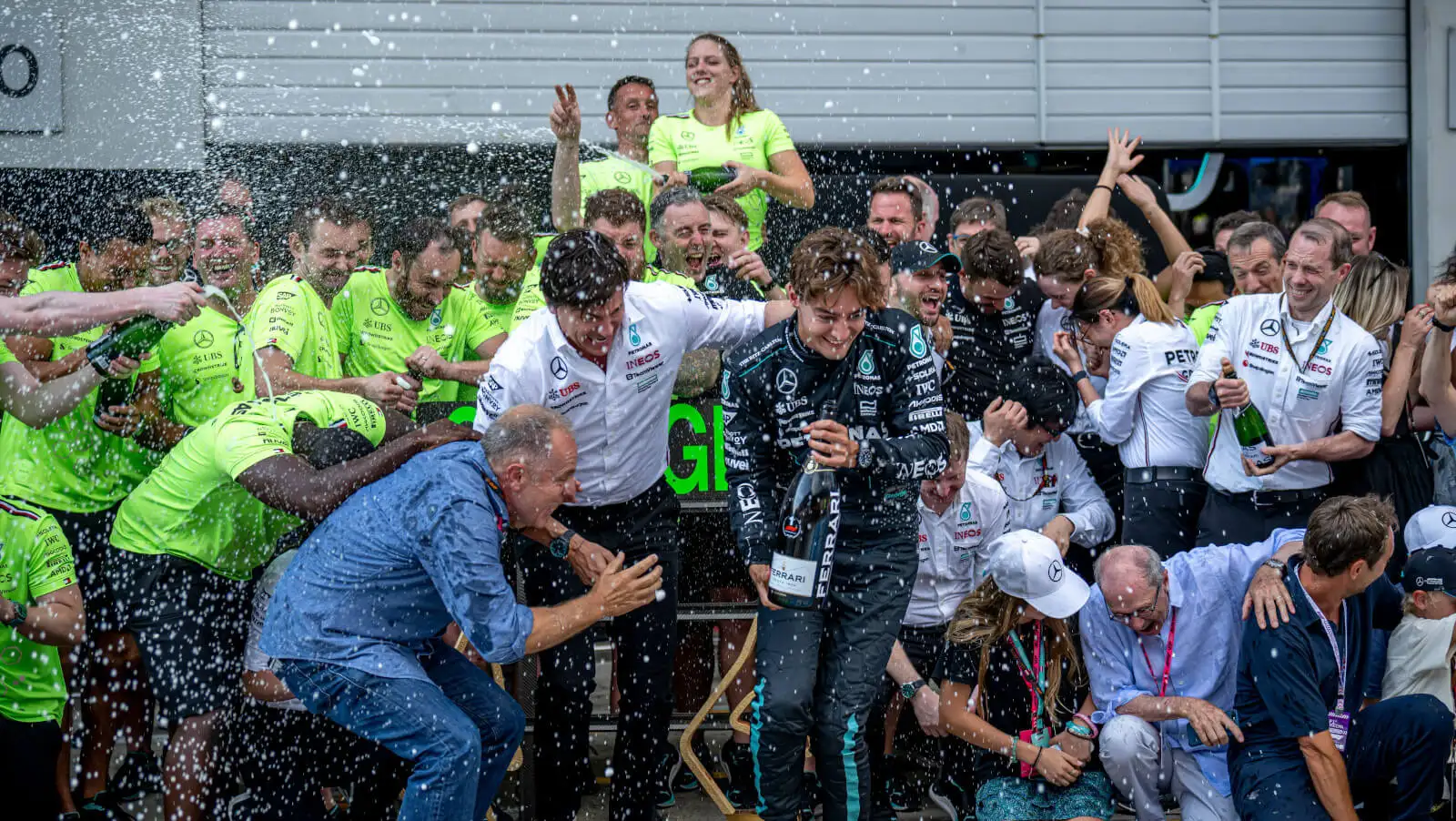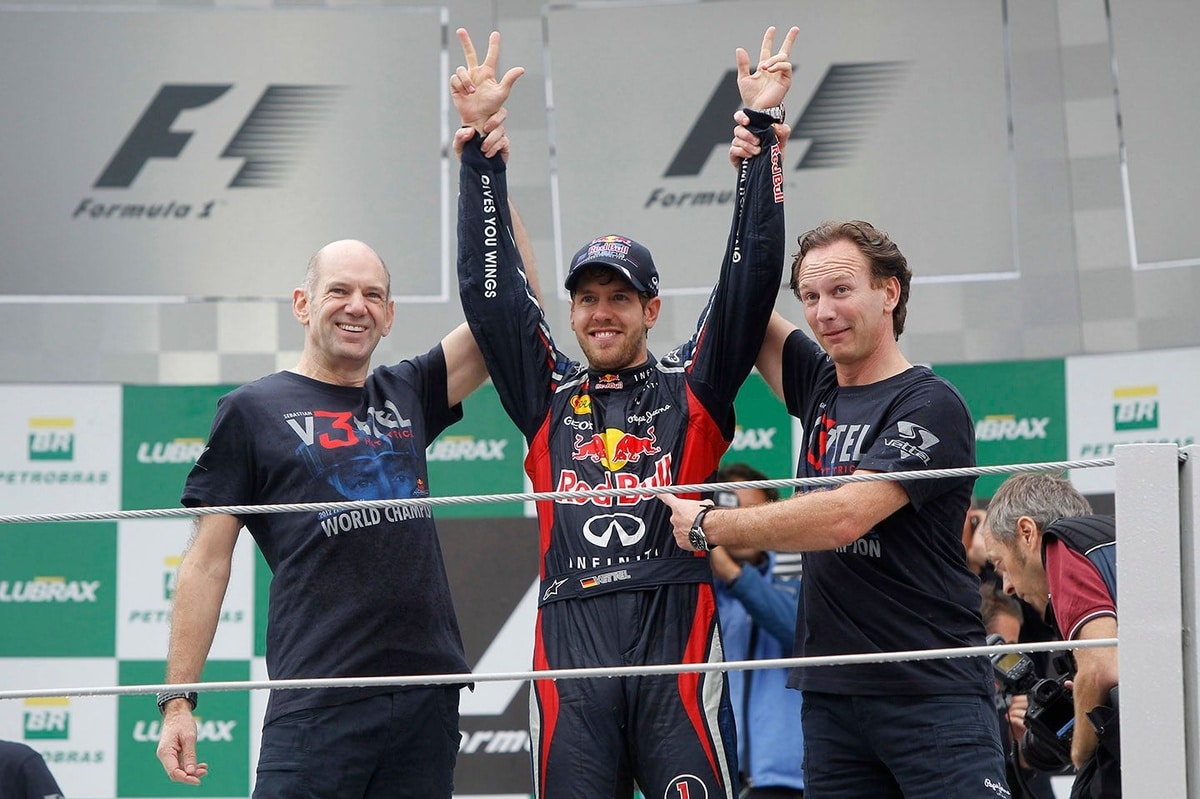As the Canadian Grand Prix approaches, the top F1 teams are pulling out all the stops to fine-tune their performance. Mercedes and Red Bull have rolled out significant updates to their cars, hoping to gain an edge on the fast circuit of Gilles Villeneuve.
Mercedes has made notable changes to the positioning of the track rod and lower front suspension arm on their W15, looking to better exploit the revised airflow characteristics of the front wing introduced in Monaco. This front wing, first used by George Russell in Monaco, is a departure from their previous design. It features a traditional chord variant instead of the previously slender inboard upper flap section, along with wider moveable sections and a reprofiled mainplane shape.
In Canada, Mercedes also enlarged the main inlet scoop on the brake duct to help balance front brake cooling needs. Red Bull has adopted a similar approach, reinforcing the emphasis on cooling in Montreal’s challenging conditions.
Red Bull, meanwhile, has been hard at work as well. They fixed reference stickers to the front suspension pull-rods and brake ducts during FP1. Along with swapping out the cameras on the nose for ones that could provide more coverage, the team is gathering a trove of data to analyze back at the factory. This could lead to critical adjustments either during this weekend or in upcoming races.
Additionally, Red Bull introduced a new rear wing solution for the RB20, optimizing the design for the specific demands of Circuit Gilles Villeneuve. The team used flo-vis paint to gather visual confirmation that the wing was performing as expected. Notably, a low downforce version of the beam wing arrangement was deployed with two slender elements mounted between the crash structure and rear wing endplates.
Sauber is also in the mix with updates to their C44. They added a new rear wing and beam wing, opting for a lower downforce version than the one introduced in Monaco. The notable shift from a twin pylon mounting to a single swan-neck solution aims to tweak their aerodynamics for better performance on the Canadian circuit.
With these technical tweaks and updates, the Canadian Grand Prix promises to be a thrilling showdown. All eyes will be on how these changes translate to on-track performance and whether they can provide that much-needed edge.
Source: Motorsport
